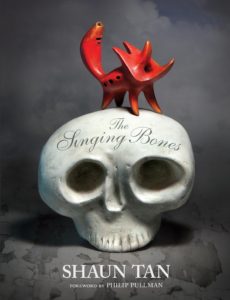
The characters are all convincing, often sympathetic even when they are villains, with at least one Dickensian eccentric in each book, although there is very little dramatic action apart from the mystification, the unravelling of the investigation, and an occasional surprise climax. These books were dry in style, fascinating in detail, and all pretty much according to a formula - a young lawyer or doctor or other colleague (such as the Watsonian Jervis and Anstey) gets involved in some mysterious circumstances, calls on his old tutor JT, who hears out the tale with great urbanity and politeness, over port and cigars, and spots some hidden element about which he is 'close as an oyster', involves his ingenious assistant the 'crinkly faced' Polton in devising a scientific investigation, then makes all clear at the end, usually in a dramatic courtroom testimony.ĭry as these stories sound, they are still fascinatingly readable, especially when delving into some obscure topic such as pond fauna, archeological anthropology, Egyptology, what have you. Thorndyke, while not the prototype (Holmes had his cigarette ashes, although in a very perfunctory way compared with JT), was the first 'real' scientific detective, combining vast knowledge of forensic medicine and examination of minutia (i.e., rat hairs, dust particles, etc.) with great erudition and dignity. Freeman's influence in the detective novel sphere was powerful beyond expectation, although it took many years for his reputation to develop. Richard Austin Freeman started his career as a Colonial Office doctor in West Africa, but was invalidated out having contracted blackwater fever (luckily not Ebola, otherwise we should never have had 40 years' worth of Dr John Evelyn Thorndyke novels!). Paperback copies can be ordered from Lulu. Many of Freeman's mysteries are available as free downloads from Project Gutenberg or Gutenberg Australia. Freeman also wrote under the name of Clifford Ashdown, about his other series character, Romney Pringle. There followed a long series of Dr Thorndyke mysteries, including some of the first 'inverted' mystery stories, where the identity of the criminal is revealed at the outset and the interest of the story lies in seeing how the detection is done. He returned to England unable to work in medicine and began writing fiction in 1902. He travelled to the Gold Coast of Africa for work, but after seven years was invalided out.


He married Annie Elizabeth Edwards in 1887 and had two sons.


He took a medical degree from Middlesex Hospital Medical College. Freeman was born in London, the son of a tailor. He created the first and best-known forensic scientist, Dr John Thorndyke. R Austin Freeman (1862-1943) was an English doctor.


 0 kommentar(er)
0 kommentar(er)
